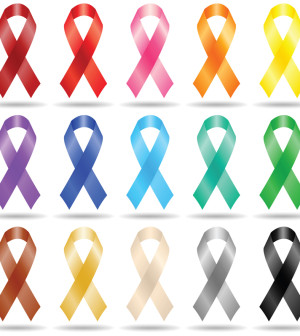- Navigating Your Midlife Crisis: Embracing New Possibilities
- City Raccoons Showing Signs of Domestication
- Mapping the Exposome: Science Broadens Focus to Environmental Disease Triggers
- One Week Less on Social Media Linked to Better Mental Health
- Your Brain Changes in Stages as You Age, Study Finds
- Some Suicide Victims Show No Typical Warning Signs, Study Finds
- ByHeart Formula Faces Lawsuits After Babies Sickened With Botulism
- Switch to Vegan Diet Could Cut Your Greenhouse Gas Emissions in Half
- Regular Bedtime Does Wonders for Blood Pressure
- Dining Alone Could Mean Worse Nutrition for Seniors
Flying Time Could Raise Skin Cancer Risks for Pilots


Airline pilots get as much exposure to cancer-causing UV rays in an hourlong flight as they would during 20 minutes in a tanning bed, new research finds.
The study, led by Dr. Martina Sanlorenzo, from the University of California, San Francisco, found that airplane windshields do not completely block harmful ultraviolet-A (UV-A) rays from the sun.
This type of radiation can boost the risk of deadly melanomas, the researchers noted.
Based on the findings, “we strongly recommend the use of sunscreens and periodical skin checks for pilots and cabin crew,” the authors wrote in the Dec. 17 online issue of JAMA Dermatology.
In the study, Sanlorenzo’s team measured the amount of UV-A radiation in the pilot seat at ground level and at various altitudes during flight. The exposure was measured in San Jose, Calif., and in Las Vegas at about midday in April.
Pilots flying for about 57 minutes at 30,000 feet got the same amount of UV-A radiation as they would have from a 20-minute tanning bed session, the team found.
UV-A exposure could be even higher when pilots fly over thick clouds or snowy ground, which can reflect UV radiation, the researchers noted.
Two experts agreed that more must be done to lower risks for airplane crews.
The new study suggests that “regular skin cancer screenings are imperative for airline employees,” said Dr. Gary Goldenberg, an assistant clinical professor of dermatology at the Icahn School of Medicine at Mount Sinai, in New York City.
He believes that “it may be prudent for the airline industry to adopt certain guidelines to encourage their employees to regularly see a dermatologist or sponsor skin cancer screenings on a regular basis.”
And another expert noted that it’s not only airplane windshields that allow exposure to harmful UV-A rays.
“This is also the case for us who drive in cars, buses or trucks,” said Dr. Jeanine Daly, a dermatologist at the North Shore-LIJ Health System in Manhasset, N.Y. She said dermatologists “recommend broad-spectrum sunscreen for all of us who are receiving the sun’s rays through our windshields in the air or on the ground.”
More information
The U.S. Environmental Protection Agency has more about the health effects of UV radiation.
Source: HealthDay
Copyright © 2025 HealthDay. All rights reserved.










